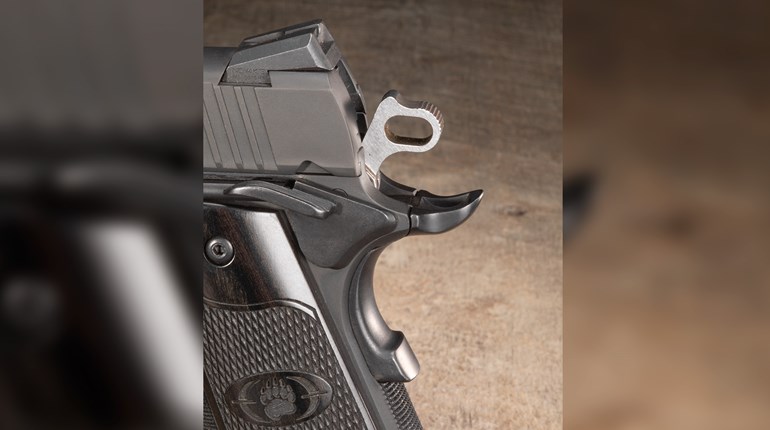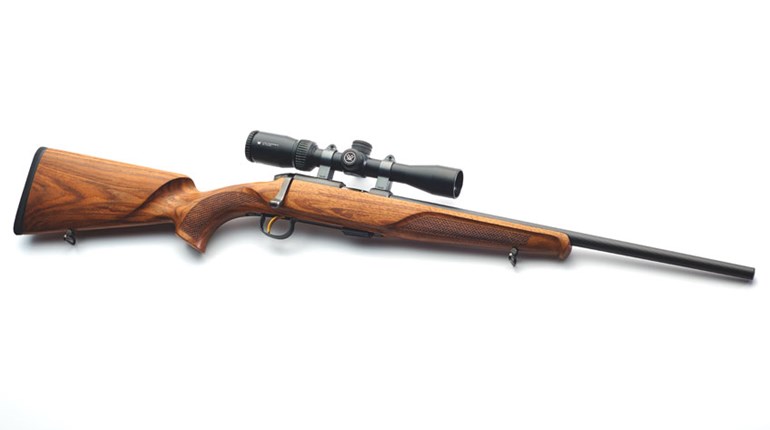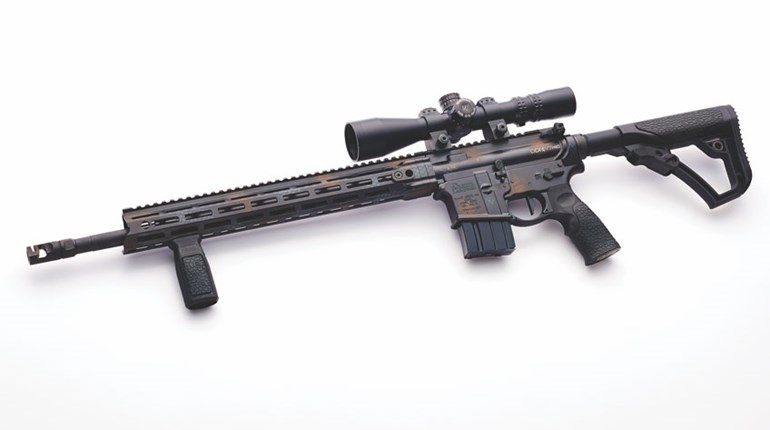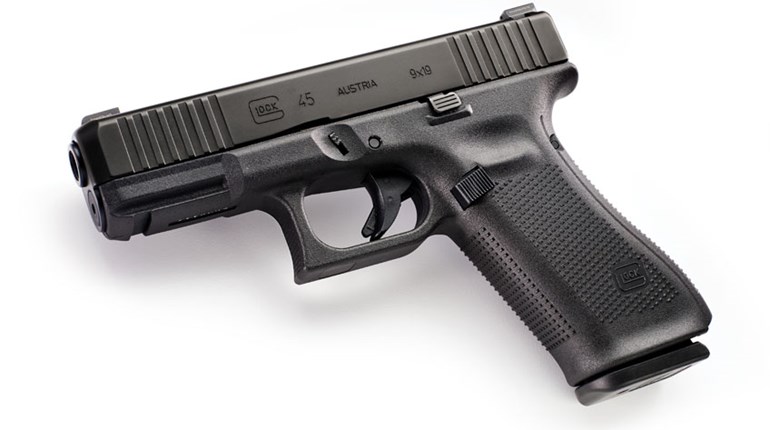
Getting and keeping terminology straight can have big implications. When it comes to firearms, this is compounded by many factors, and no elaborate search for examples is required. “Automatic,” “assault weapon” and “pistol” are a tiny sample that comes easily to mind, yet look at the trouble—or at least confusion—a lack of clarity about these words has caused.
“Automatic” does not always mean machine gun, for instance, and “assault weapon” has been absurdly expanded to mean any rifle that looks scary by a nebulous, conditional media standard. And “pistol” is simply a mess—anything from a stockless rifle to, well, we can’t say quite where it ends. Add a malignant media that manipulate such confusion at every opportunity to the folks merely new to shooting and trying to learn, and it is easy to see how imprecision can slosh over into actual danger. At the most basic, it refers to the load versus firing status of a firearm.
Consequently, today we start a mini-assault on such intellectual entropy. Ignorance, be warned: You’ve been targeted for a major beat-down.
The term “condition” gets flung around a lot, especially in relation to handguns. It’s a term, or rather a small group of terms, that is of unsubtle value and huge importance as it applies to many discussions of both training and safety. Ergo, it’s worth understanding “well,” although understanding it “completely,” as you’ll see, is a challenge.
At the most basic, it refers to the load versus firing status of a firearm. In this sense, it’s easy to see the excellent utility the concept embodies: Unlike so many others, it usefully applies to almost any type of firearm.
Note we said “usefully”—not to be confused with “simply” or “uniformly.”
“Condition Four” is where we start. Basically, it means, “This firearm cannot fire in its present condition, both because it is not mechanically ready, has no round in firing position, nor is a loading device in place, (if such a device is removable in the first place).”
For semi-automatics, it’s taken to mean the hammer is down on an empty chamber, and there’s no magazine in the firearm. We aren’t exactly fans of this usage, because it assumes that whoever told you the condition is correct, and it is a condition you often can’t readily verify without manipulating the action.
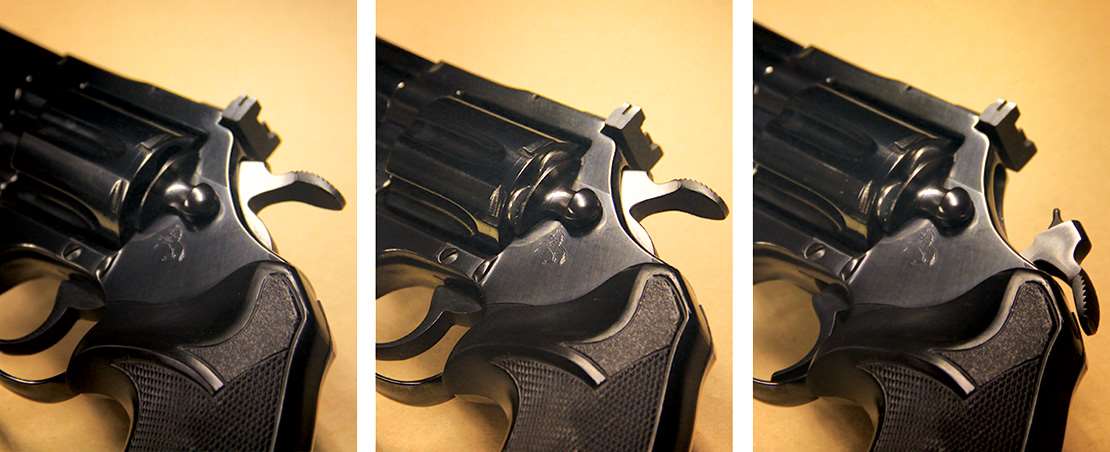
It also assumes the pistol in question has a hammer, or at least an externally visible one. If it’s a Glock, SIG 320, Springfield XD, S&W M&P, FNS, etc.—i.e., it has a striker-ignition system—the “hammer” business has no meaning. You’re left to examine the trigger to see if the striker is prepped, and this can call for somewhat specialized knowledge relating to a particular firearm. This often and erroneously leads people to think these types of weapons are less safe. (That’s poppycock, by the way.)
For revolvers, the definition is less ambiguous: The hammer is not cocked (that is, it is “down”), nor are any rounds in the cylinder.
Note this applies to long arms as well: no ammo (no matter what/any magazine style) in a firing position, a removable magazine (if any) removed, and the firing mechanism mechanically inert. Note again that a purely visual check may not tell you for sure: Determining ammunition presence, absence and position may require at least partial cycling.
Condition Four is how you should transport, store or administratively (cleaning or maintenance) handle firearms. As a general rule, this is also how you should hand a firearm to someone—any fumble will therefore be merely inconvenient, not dangerous.
Understanding “Condition Three” is how you’ll comprehend our mild dissatisfaction with Condition Four. “Three” for semi-autos means hammer/striker “down,” no round chambered, but a loaded magazine in the firearm. It’s this last part that demands extra caution. As we’ve already observed, a loaded or unloaded magazine may well give the identical external appearance. Safety-wise, it shouldn’t be an issue, but get-to-work-in-a-hurry-wise, it might be.
Magazine-fed long arms can be in Condition Three if you think about it: Lever guns, tube-fed rifles and shotguns, and non-single shot arms with magazines (removable or otherwise) can all be “loaded,” but they remain in Condition Three until a round is moved into firing position.
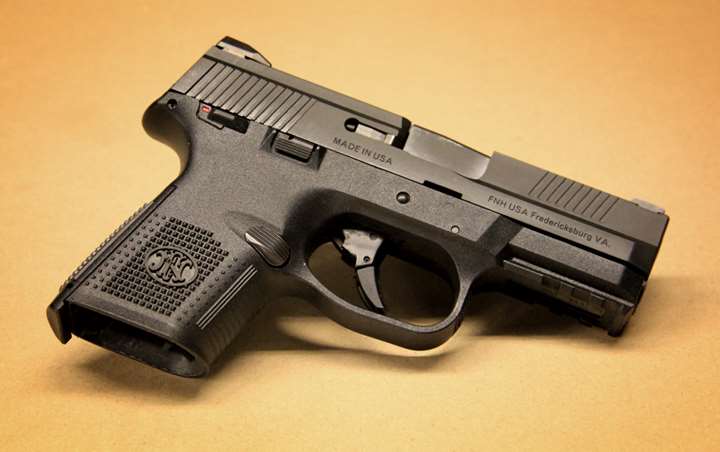
Loaded but open break-type shotguns and revolvers (with a loaded but opened cylinder) are arguably in Condition Three as well, though you’ll virtually never hear this application of the term. Fixed cylinder revolvers (of Single Action Army type, for instance) also have no meaningful approximation of Condition Three that is materially different from Condition Two.
“Condition Two” expresses the placement of a cartridge into firing position in virtually any type of firearm. Closing Granddad’s side-by-side on loaded barrels has the same effect as cycling the action of an MSR or most semi-autos—you’re an absolute maximum of two steps from “bang,” and in a host of most modern cases, like the latter, only one.
Extreme caution is now the order of the moment, as that “maximum of two steps” requires potentially very different levels of care, depending on the firearm. If Grandpa’s side-by-side shotgun is an exposed hammer job, or a nice single action revolver, the firearm remains two distinct steps from ignition, and very “safe” in a limited mechanical sense. The hammer(s) must still be cocked, and the trigger pressed in order to fire.
But a 1911, say, goes straight from Condition Three to Condition Zero by design, in that single “charging” step. The placing of a round in firing position by cycling the action readies the trigger/hammer mechanism by storing ignition energy in a spring. Pressing the trigger will, therefore, immediately release the system and fire. In order to get to Condition Two, the hammer must be manually lowered or “de-cocked” (on a double-action semi-auto). Consequently, hammer down on a loaded chamber—Condition Two—is achieved only by going briefly through full “hot.” It’s one of the many reasons Condition Two is frowned upon in the 1911—getting there is a somewhat tricky manual proposition, as is getting back to One or Zero.
By far the predominant action here, of course, is the application of a safety. For 1911s and most self-loading/semi-automatic rifles, this results in Condition One: A cartridge is now in firing position, full mechanical preparation for firing is achieved, and a safety is on. “Cocked and locked” is the common vernacular.
Striker-fired semi-autos alternatively go from Condition Three to Condition Two: Action cycling moves a cartridge to firing position, and preps the ignition hardware for firing (several types here) as it does with single actions, but a safety is also automatically engaged at the end of the process. Most striker actions do this with a trigger tab/frame lock of some variety. For most pistols of this type, firing occurs via trigger press alone. The first half or so of press moves the safety off the frame; the second half either provides and releases striking energy, or it releases stored energy—either way, “bang.” In other words, striker-type firearms spend only a split second in Condition One—full release of the safety is all-but-immediately followed by firing.
Revolvers share the logic, if not the mechanics, of the striker systems—they bypass Conditions Three and One, and go from Condition Two (loaded, but mechanically unready) to Condition Zero either with manual cocking of the hammer (single action), or the first half of double action. Both fire on completed trigger press.
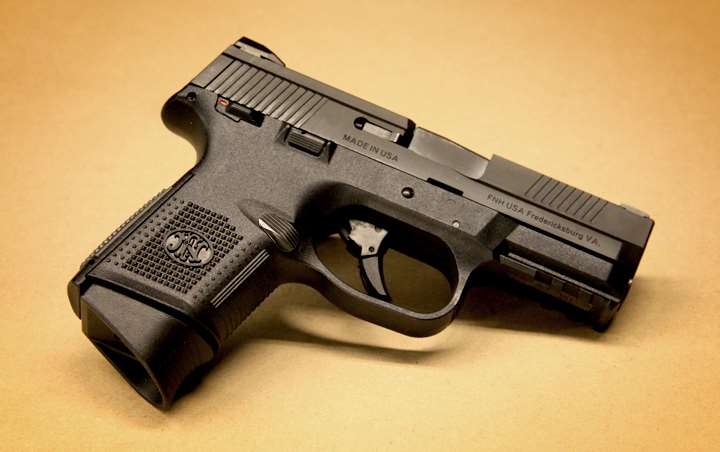
The final condition is “Condition Zero”—full readiness to fire. Cartridge loading/positioning as well as prepping of the action are complete. Only trigger press remains. This is the intersection we alluded to at the outset: Mechanical understanding meets what we hope is a vastly more familiar set—the NRA Gun Safety Rules.
You recall we started with a warning that “condition” is useful, but not uniform, and we hope it’s now clear why. Few indeed could readily differentiate all the states for every firearm we’d ever happen across. The variety of mechanics that solve shooting problems decree that terminology will be complex, and in this sense the conditions may be a comparative marvel of clarity.
The point is to embrace the concepts, and particularly to be able to apply them to your own firearms. But knowledge of the basic commonalities is of huge benefit to safe handling of all firearms, and thereby bedrock in exercising Second Amendment freedoms well and wisely.












